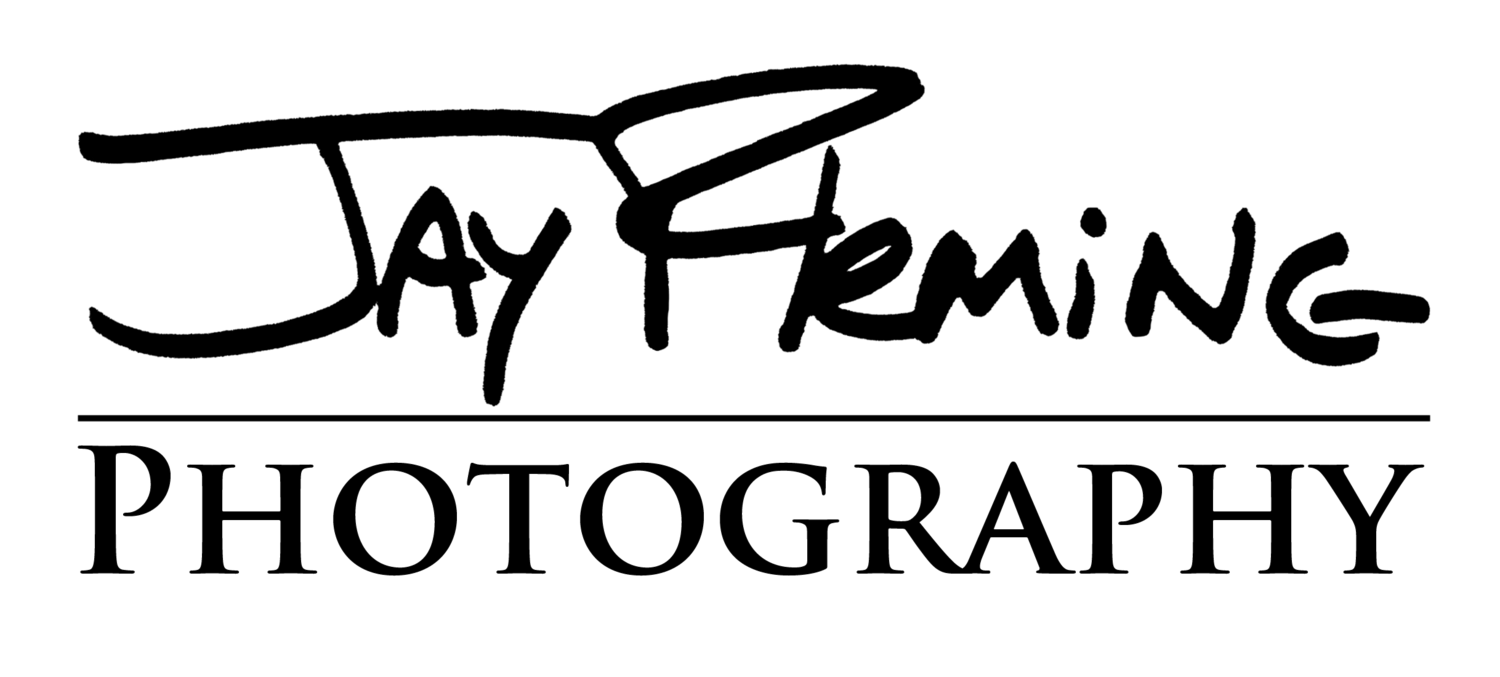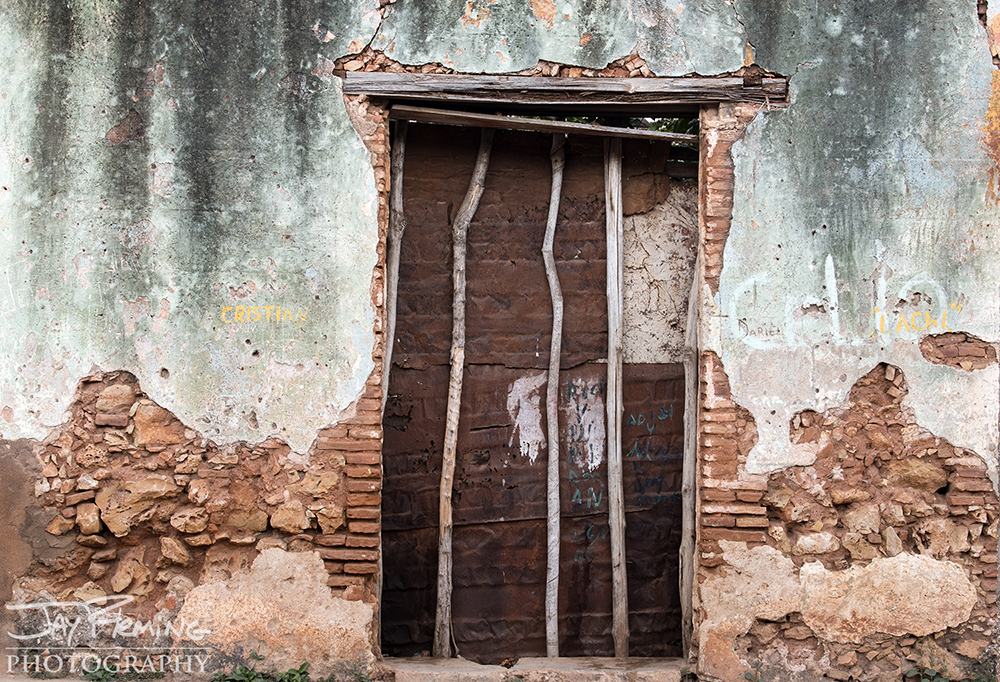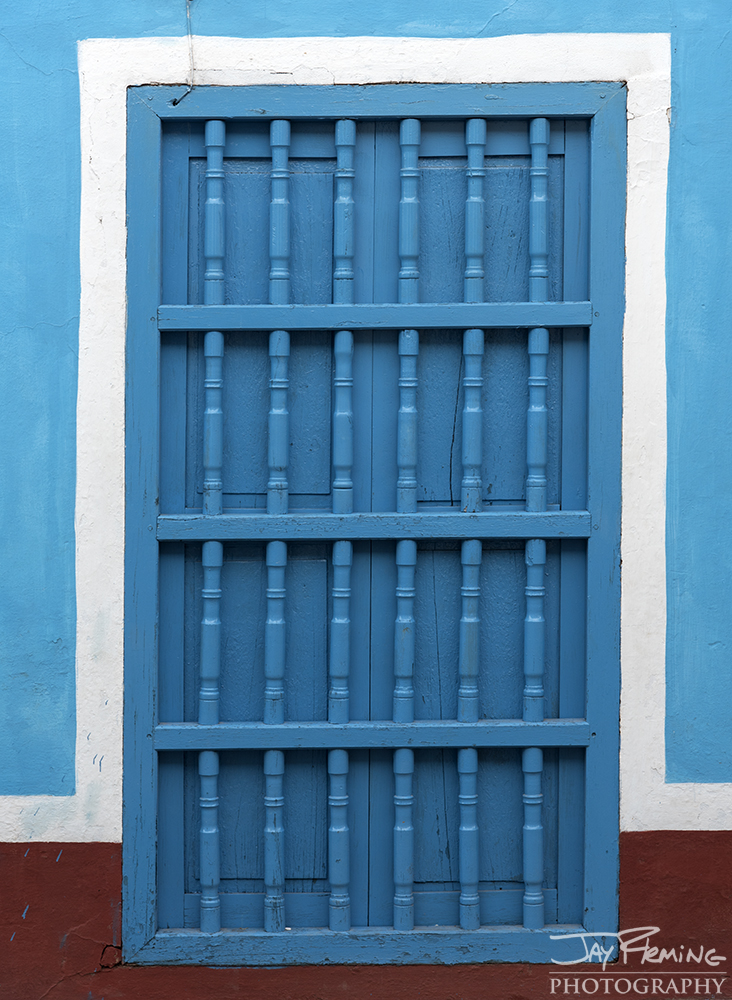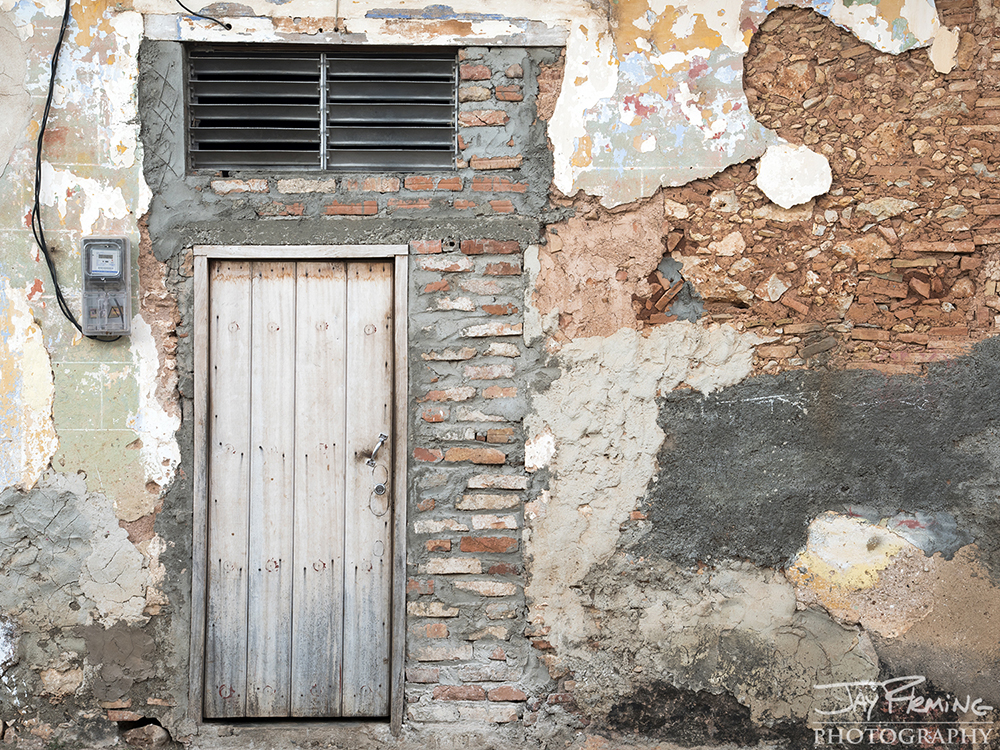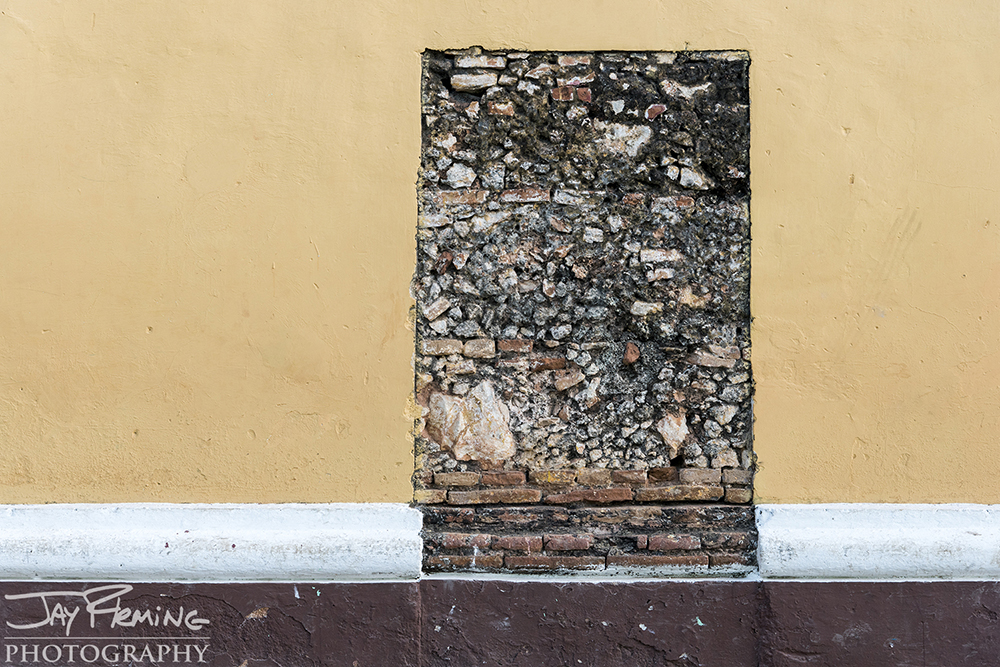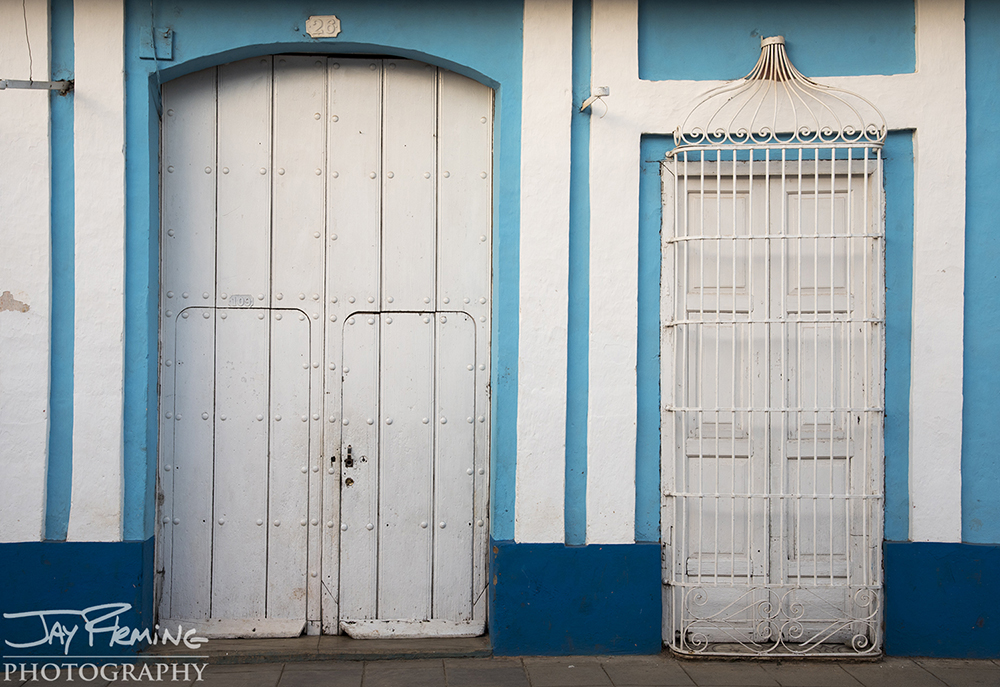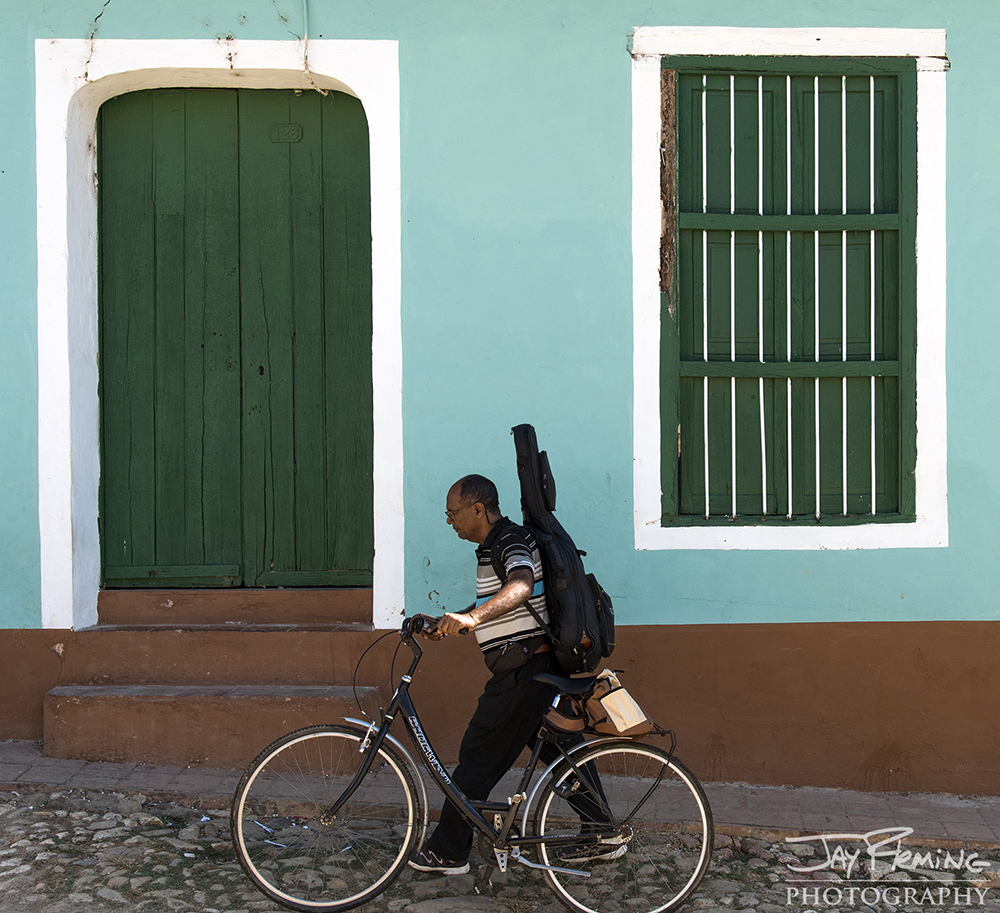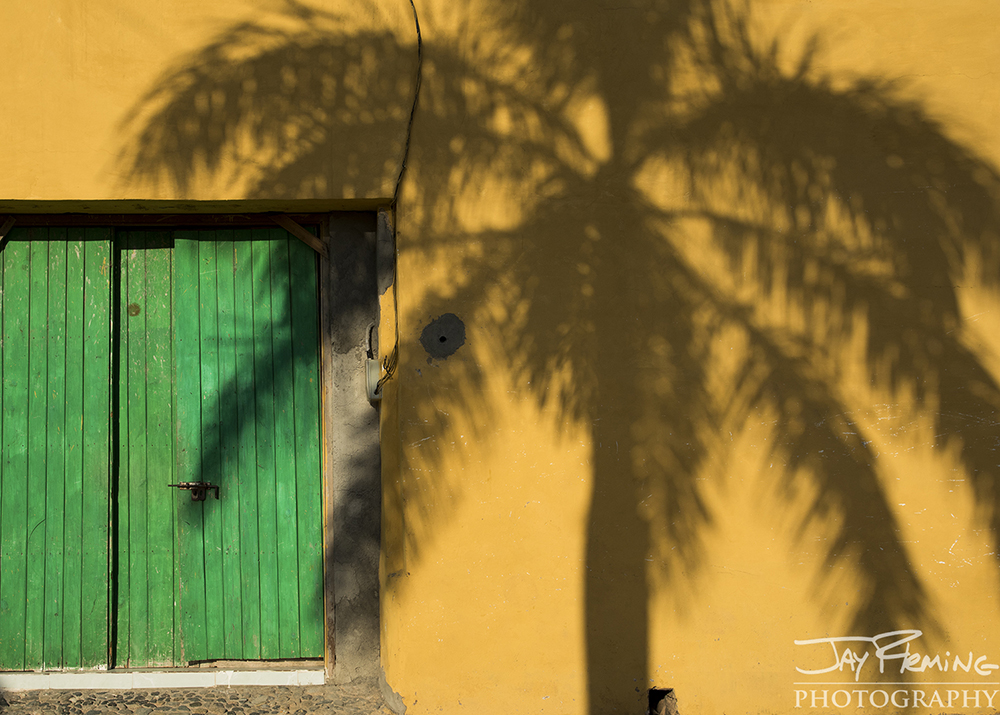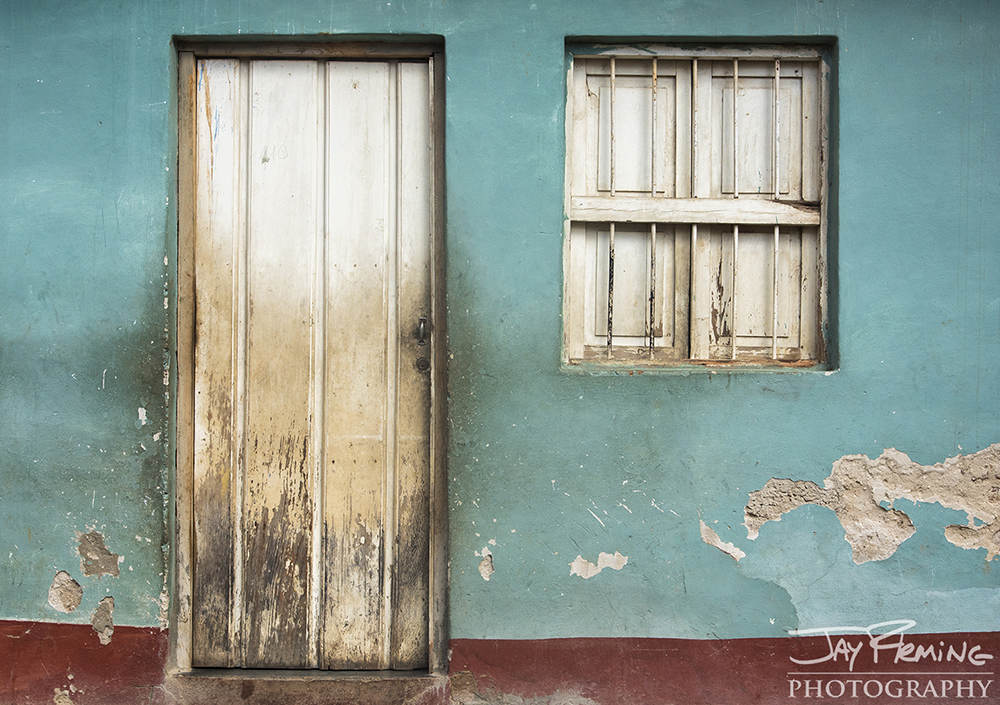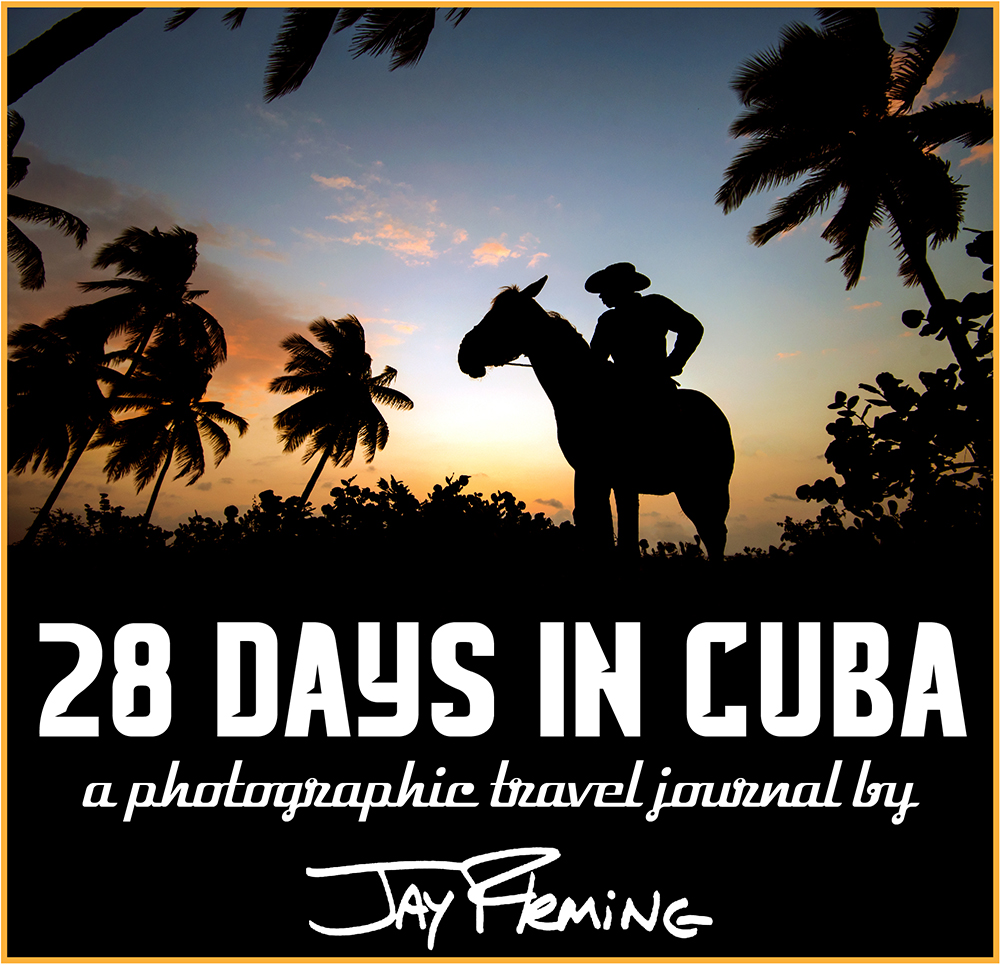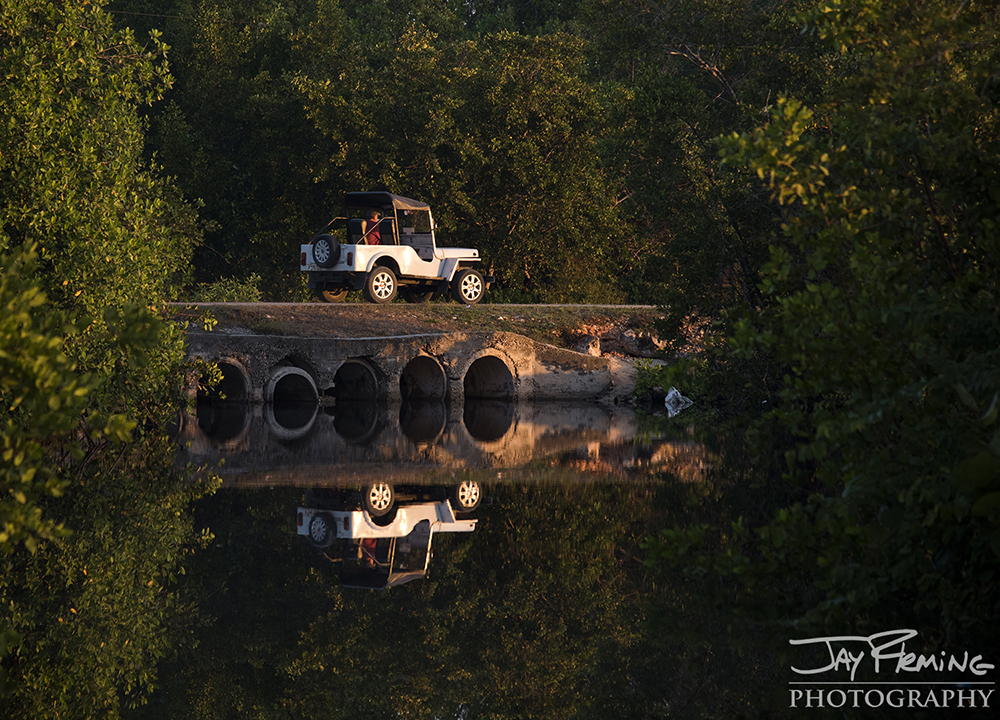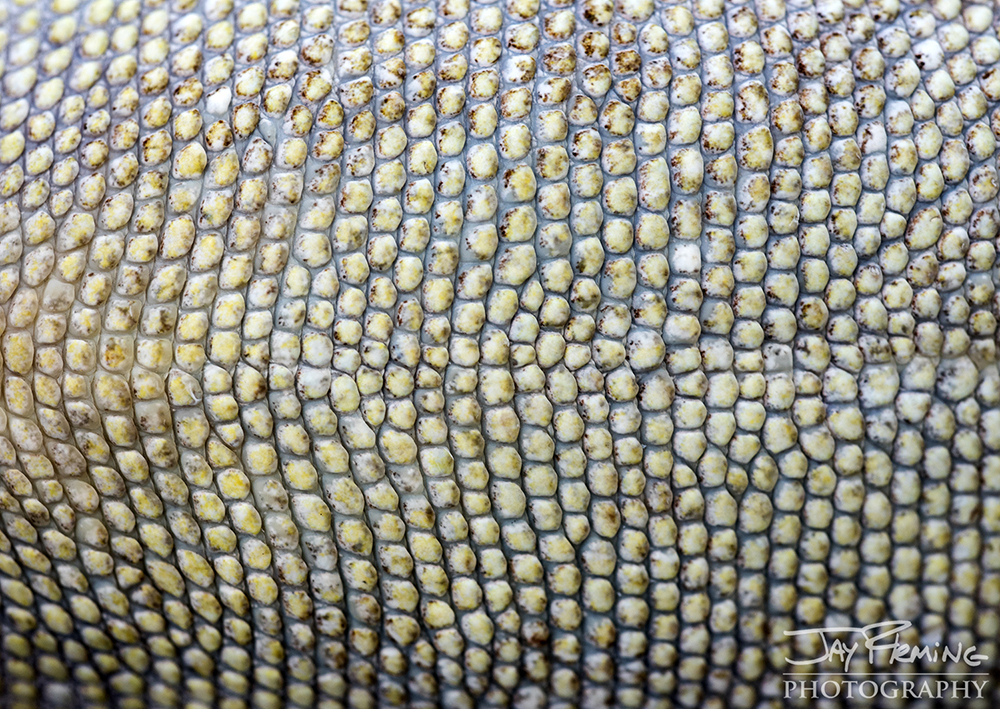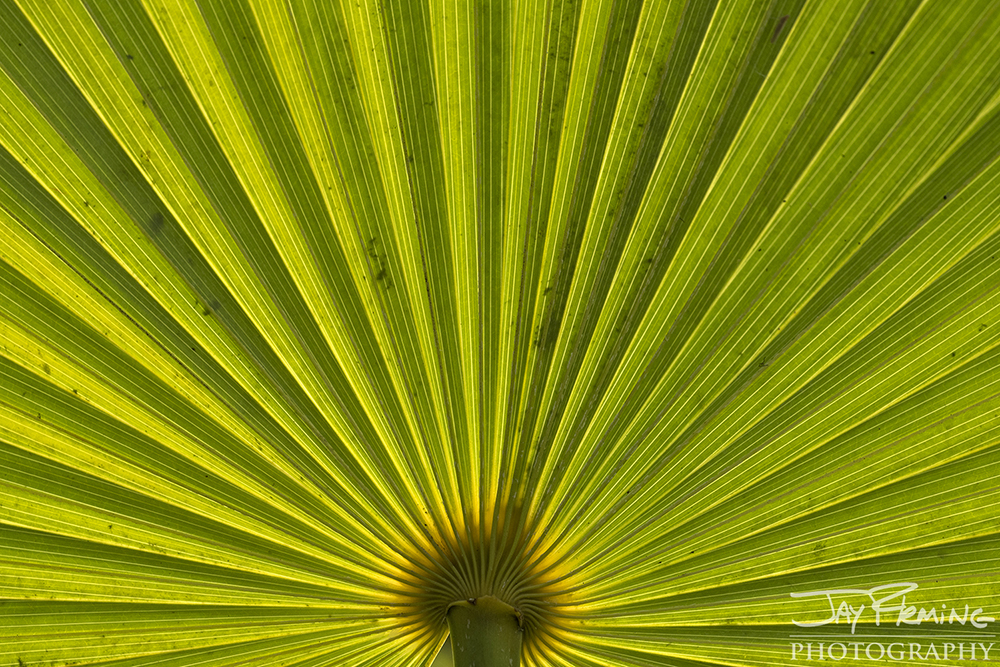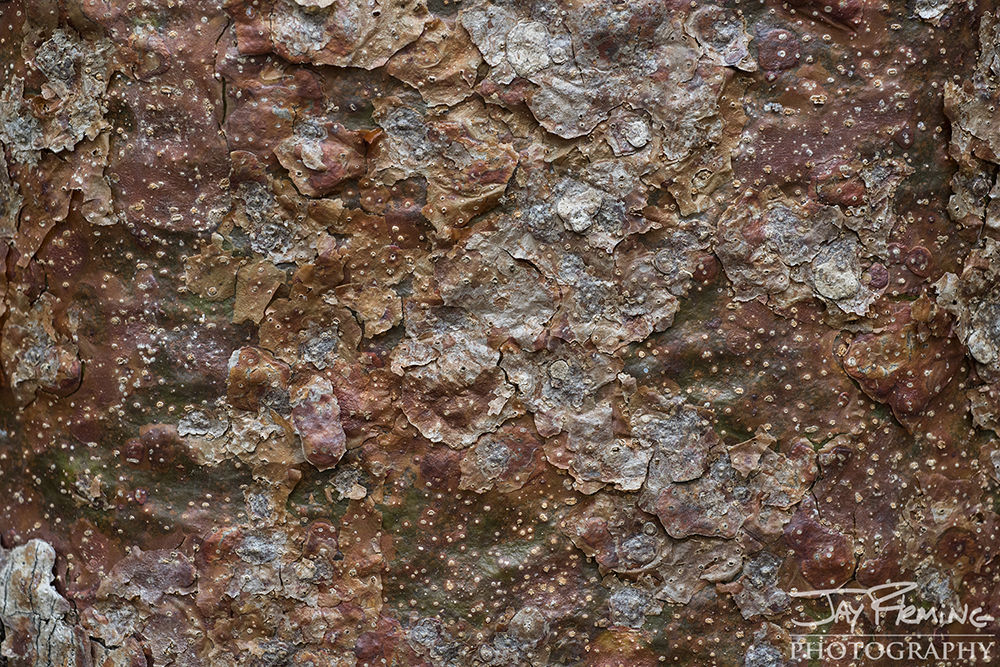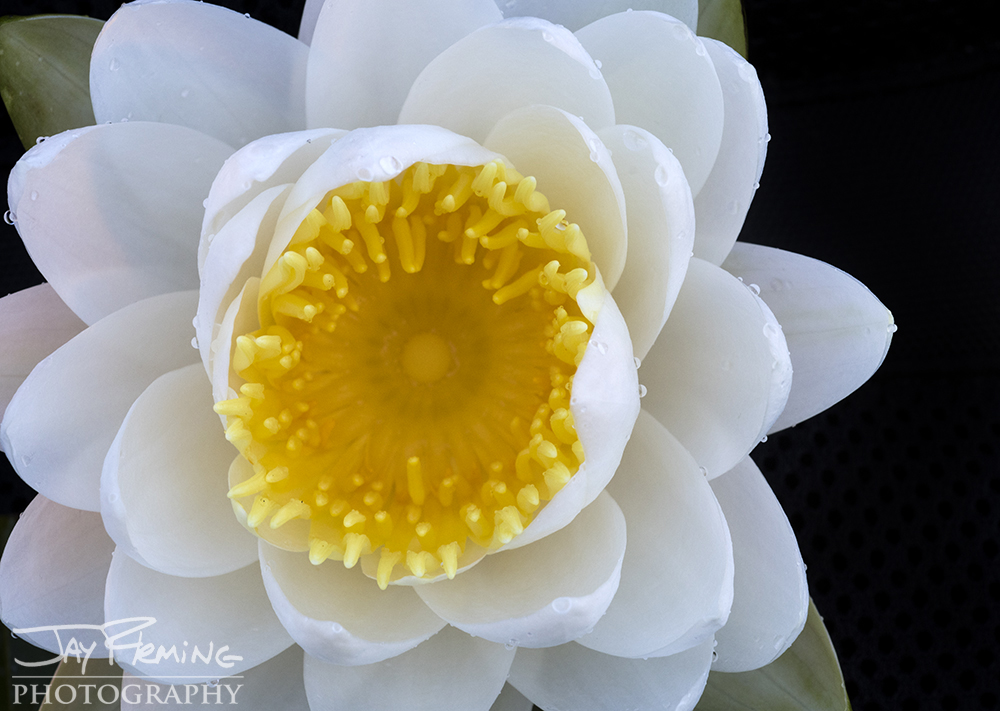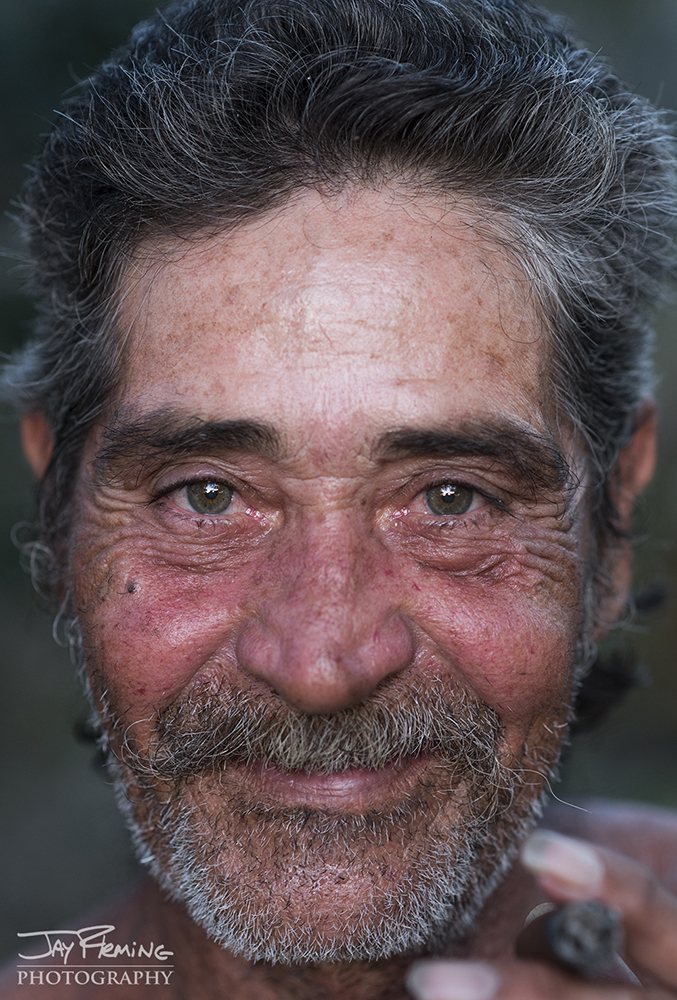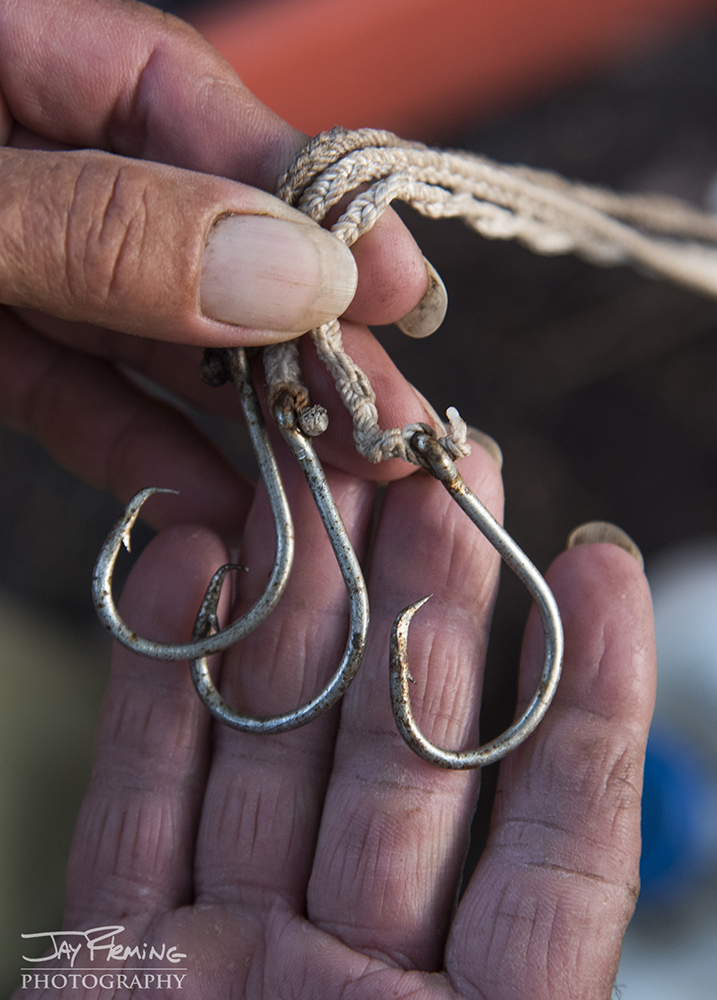28 Days in Cuba - Journal six of seven
At the end of a busy holiday season following the release of my first book, Working the Water, I decided to dedicate the month of January to traveling. After three years of shooting pictures almost exclusively on the Chesapeake Bay, I was inspired to dedicate time to photographing and learning about a new country. I contemplated traveling to destinations all over the world, but continually found myself coming back to a destination less than 100 miles from the United States—Cuba. Due to its tumultuous political past, the history and environment of Cuba has been preserved, and its culture extremely unique. I decided that Cuba would be my final destination, and it’s beautifully decrepit streets, its ever-optimistic people, and its breathtaking landscapes and wildlife would be my new subjects.
This blog series of seven journal entries will share my photographs and experiences from 28 days of travel throughout the western portion of the island. The progression of the entries will follow the trip as we travelled west from Havana and back east along the southern coast to our final destination, Trinidad.
From the crocodile farm near Boca Guama, we were able to get a cab to the next destination — Playa Larga — for less than 10 CUC. I had booked the accommodations on AirBNB, so as with other places we had stayed in Cuba, we did not know exactly what to expect. As we drove into town, we asked locals where ‘Casa Alexis’ was, and after asking about five people, we were able to find it. Alexis ad his family greeted us, and we instantly knew that they were going to be great hosts. The entire family, including his mother and children, were working to keep his bed and breakfast business venture running. Communication with Alexis was relatively easy, I had taken five years of Spanish in high school and college, and unlike many Cubans, Alexis was eager to learn English — knowing that it would give him the upper hand while running his new business.
After settling in and walking next door to his sisters restaurant for lunch, Hogfish and traditional cuban vegetables, Alexis set us up with rental bikes. He gave us a list of people who could help us see wildlife in the area and set us up with a taxi driver who was able to consistently take us around the Bay of Pigs area.
Casa Alexis was located right next the docks where the small boats moored, so we were able to photograph the Cuban workboats come and go on the first afternoon in Playa Larga. The next morning, we ventured south with the bikes, stopping at limestone ‘beach’ on the side of the road that leads to Playa Giron. The snorkeling close to shore was exceptional - a lot of fish, lobsters and pristine coral. After snorkeling and shooting underwater pictures, we rode the bikes about 13km south to the ‘Cueva los Peces’ — cave of the fish. The natural swimming pool was formerly a cave until the roof collapsed. Now the cave is a planned stop for every tour bus, and as a result overcrowded. We spent about 20 minutes at the cave before making the long 20km bike ride back to casa Alexis. Once we arrived at the house, Alexis and his family prepared fresh lobster that was caught that morning for dinner.
The next morning, we had arranged to fish with a local, Emelito, who had told us about a pond where tarpon were abundant. We scheduled to meet Emelito around 6:00 to make the long ride in a ‘coche de caballo’ to the south towards Salinas. We rode south, arriving at the pond around 8am and found fish breaking all over the surface. We bought bait (Threadfin Herring) from fishermen who we found cast netting along the shoreline - and fished for nearly two hours in the pond without a bite. After being slightly discouraged with Emelito’s big promises, we waded along the shoreline and casted topwater plugs to Barracuda that were willing to eat anything. We headed up the shoreline in the carriage and made a plan to shoot pictures of birds in the afternoon. Upon arriving back at casa Alexis, we packed the gear and went north to Palpite. Alexis had told us about a place to photograph the Bee Hummingbird — the worlds smallest bird. When we arrived in Palpite, we were immediately surrounded by hummingbirds that were attracted to a lush garden behind an older couples home. The couple makes a living by hosting tourists who come to see these unique birds. In addition to the Bee Hummingbird, we saw 3-4 additional species of Hummingbirds. After about two hours of shooting, we came back to the house and I went out to photograph the fishermen bringing their catches in. I made small talk with a group of fishermen and ended up buying a Yellow Eye Snapper and a Cero Mackerel that Alexis prepared for dinner.
Heavy winds blowing directly up the Bay of Pigs from the South, making it difficult to plan any activities on the water. We figured out an alternative plan with the help of Alexis - head to a preserve known as Enigma de las Rocas. This area is known for its limestone caves that host a large variety of aquatic and terrestrial wildlife. We left the house with a tour group in a taxi, and on the way to the destination it started raining, hard. The taxi had no windshield wipers which made for ‘white knuckle’ driving conditions even from the back seat without any seat belts in the 1951 Chevrolet. I was definitely glad that I was not riding the bike on that same road during the rain because the cab driver could barely see anything but kept his speed up to about 50 mph. After about 25 minutes of not knowing whether or not we would get into an accident, the rain stopped and we arrived at the Enigma — all is well that ends well. Our tour guide took us through trails that led to small caves where we saw bats, a colony of Cuban Boas, and hundreds of terrestrial crabs. The last trail led to a small swimming hole that was formerly a covered cave. We jumped in with our masks and fins - the water was amazingly clear and blue. Immediately upon leaving, we knew that we would have to find a way to get back there without a group. The next morning we had arranged for a guide to pick us up, and we were lucky to get Mario supervisor of all of the guides in the Zapata Swamp. Mario took us through the Enigma de las Rocas, showing us plenty that we had missed on our first visit. Mario took us to a small wetland area where I was able to swim with and photograph a small crocodile. After a full day of exploring such a unique place, we came back to casa Alexis and he prepared Wahoo that was caught earlier that morning.
We only had one more day in Playa Larga and wanted to make the most out of it. This was by far one of the best destinations of the trip because of the great host and also of how many different things you could see in a short amount of time. I woke up early the next morning and took horses out with Emelito to fish along the shorelines for Barracuda, a delicacy for the Cubans. We rode south along the beach to Salinas, stopping to take photos along the way. After arriving to the spot where we had luck a few days before, we put about 12 fish in a bag that we tied onto the horse and left before it got too hot. The remainder of the day was spend photographing people and boats in Playa Larga while preparing to leave for Trinidad, where we would spend the final four days of the trip.
Details (left to right): Cuban Night Anole skin, Palmetto, 'Piel de Tourista' - bark of the West Indian Birch tree
28 Days in Cuba - Journal five of seven
At the end of a busy holiday season following the release of my first book, Working the Water, I decided to dedicate the month of January to traveling. After three years of shooting pictures almost exclusively on the Chesapeake Bay, I was inspired to dedicate time to photographing and learning about a new country. I contemplated traveling to destinations all over the world, but continually found myself coming back to a destination less than 100 miles from the United States—Cuba. Due to its tumultuous political past, the history and environment of Cuba has been preserved, and its culture extremely unique. I decided that Cuba would be my final destination, and it’s beautifully decrepit streets, its ever-optimistic people, and its breathtaking landscapes and wildlife would be my new subjects.
This blog series of seven journal entries will share my photographs and experiences from 28 days of travel throughout the western portion of the island. The progression of the entries will follow the trip as we travelled west from Havana and back east along the southern coast to our final destination, Trinidad.
Alexander, our driver from Pinar del Rio, dropped us off in Havana at a taxi terminal on the outskirts of town. It did not take us long to find a cab driver to take us to the next destination — Jaguey Grande - a town built upon the modern day sugar industry. Jaguey was approximately 150 km east of Havana via the ‘Autopista’ — the main highway that spans the entire length of Cuba.
We got into the taxi and coordinated a price with the driver — 80 CUC for the 2+ hour drive. The cab driver was insistent upon picking up his friends in Havana to drop them off in Santa Clara — a city that was within a short reach of our destination. At first, I was okay with his idea, but after he took us on a brief tour of the Havana slums, my opinion of him went out the window. He took us into a parking lot where 10-12 Cuban men approached the car. After a brief exchange of nervous words in Spanish, I asked Patrick “where is the machete.” Our hearts raced until we realized that our “cab” driver was just clueless and the communication was extremely poor. I told him in spanish that I was going to call the police if he didn't take us to our destination immediately, and on the way we went. Cubans are very afraid of getting in trouble with tourists - its something that the police do not take lightly. We heard of people being thrown in prison for 20+ years for stealing from or assaulting tourists. As we drove out of Havana towards the autopista, I asked to see the drivers taxi license, something that all licensed cab drivers would have. And not to our surprise, he did not have one. Like many cubans, he was doing whatever he could to make a day of work.
After a long ride of keeping a watchful eye on our driver, we reached the Hotel Batey don Pedro, where we had made a reservation the night before. The hotel was run by the government, which in modern day cuba translates to obsolete accommodations. We were the only ones staying there, which was nice but also somewhat bizarre. The cost of renting a cabin was 25 CUC per night and included a traditional Cuban dinner. Once we settled into the accommodations, we explored the surrounding area — finding an abundance of wildlife to photograph.
Jaguey Grande is at the northern portion of the Zapata Swamp - the largest wetland in the Caribbean. This expansive wilderness is known as a major wintering ground for migratory birds and one of the last strongholds for the endangered Cuban Crocodile.
The next morning we found a cab to take us south through the swamp to the Crocodile Farm where we would catch a boat out to Boca Guama — a recreated Taino indian village in the middle of Laguna del Tesoro. This government run facility was extremely touristy, but yet intriguing. The facility had 30-40 cabins over the water, some of which were new and others that were barely standing. Immediately upon arriving at Boca Guama, we rented a small row boat and explored the lake area adjacent to the village. We found a small fishing camp being utilized by fishermen working for the state — they were the first fishermen that we were able to interact with on the trip and even offered to take us out. They were gill netting for largemouth bass, tilapia and an invasive species of African Catfish. We drank a bit of rum, and smoked a harsh hand rolled cigar while shooting pictures of their encampment. They offered us food - rice, beans and fish roe — all cooked with lake water. We politely declined the dinner offer, knowing that it would not agree with our stomachs.
We paddled the row boat back to the cabin, dropped off our equipment and went to the dining hall. The experience was similar to the previous night at Hotel Batey don Pedro, we were the only ones staying overnight. We were given the option of chicken or Cuban Crocodile, an extra 3 CUC per plate for the endangered species. The Crocodile was raised at the farm where we launched from, a portion of the reptiles raised go to tourism and the remaining are released in the wild to supplement the growing population. There is a black market for Crocodile meat and skin in Cuba which supports poaching throughout the Zapata Swamp.
The next morning, for sunrise, I rowed the boat through the canals of Guama and set up for a shot of the cabins reflected in the perfectly still waters of the lake. The sunrise was beautiful and completely still — there was absolutely no noise other than the birds. After shooting for an hour, I came back to the cabin, and we packed up the gear and prepared to catch the tour boat back to the Crocodile farm and then a cab to Playa Larga at the head of the Bay of Pigs.
Cuban fisherman Nene Carreyo and his co-workers fish for the 'estado' - Cuban government - in the Laugna del Tesero. They target Tilapia, Catfish, Tarpon and Largemouth Bass with trot-lines and gill nets.
Bird life is abundant in the Zapata Swamp - it is the largest swamp in the Caribbean and also an important wintering ground for birds migrating south from the United States. (left to right) West Indian Woodpecker, Green Heron, Great Blue Heron.
28 Days in Cuba - Journal four of seven
At the end of a busy holiday season following the release of my first book, Working the Water, I decided to dedicate the month of January to traveling. After three years of shooting pictures almost exclusively on the Chesapeake Bay, I was inspired to dedicate time to photographing and learning about a new country. I contemplated traveling to destinations all over the world, but continually found myself coming back to a destination less than 100 miles from the United States—Cuba. Due to its tumultuous political past, the history and environment of Cuba has been preserved, and its culture extremely unique. I decided that Cuba would be my final destination, and it’s beautifully decrepit streets, its ever-optimistic people, and its breathtaking landscapes and wildlife would be my new subjects.
This blog series of seven journal entries will share my photographs and experiences from 28 days of travel throughout the western portion of the island. The progression of the entries will follow the trip as we travelled west from Havana and back east along the southern coast to our final destination, Trinidad.
We arrived in Pinar del Rio after a 30-minute taxi ride from Vinales. Pinar del Rio is the capital city of the western most province in Cuba, and with a population of greater than 250,000 it is the largest city west of Havana. Most of the tourists that come to Pinar del Rio are passing through on their way to Vinales as there are not many attractions or infrastructure that would support large numbers of tourists.
To me, the main attraction of Pinar del Rio were the tobacco plantations that lined the outskirts of the city - I had read a lot about the Alejandro Robiano plantation that was 15 miles outside of town. I originally had hoped to use Pinar del Rio as a launching point to explore the countries largest fishing village - La Coloma. La Coloma is the center of Cuba's seafood industry - accounting for 40% of the total export. There are large processing facilities and boat yards in La Coloma that support the seafood industry. After the experience in Puerto Esperanza and learning more about the strict government regulation around water related activities, it was an easy decision to pass on the visit to La Coloma. Less than 24-hours in Pinar del Rio was going to be more than enough time to photograph the plantations and to see more of the tobacco industry.
I had booked a casa particular in Pinar del Rio that was recommended by the lonely planet travel guide. Casa Gladys was a ornately decorated colonial row home in downtown Pinar del Rio. After arriving at the house, we ventured out onto the street to find lunch and exchange dollars to Cuban Convertible Pesos (CUCs). We were among the only tourists that were on the streets, and just like in Havana, we were aggressively approached by 'jiniteros' - the spanish term for street hustlers. The jiniteros were all somewhat proficient in English, and using that to their advantage would attempt to lead you to a restaurant, tobacco plantation or other establishment owned by a 'friend'. After two weeks in Cuba, I was well seasoned on how to deal with the street hustlers and learned how to sternly say 'no'. We wandered back to the casa and recruited Glady's nephew to take us out to the Robiano tobacco plantation and to photograph other plantations around sunset. I paid Alexander 40 CUC to drive us around, which based on the market rates for the taxis was overly generous. After coming back from the photo-shoot, we sat down with the family for dinner and enjoyed some of the cigars we bought with 'Santiago' brand cuban rum.
The next morning, Alexander agreed to take us to Havana in his banana yellow Daewoo hatchback that barely held two people without luggage. Alexander did not have a license to legally drive as a taxi cab, but was willing to take the risk to make 80 CUC. We had all agreed to pretend that we were not using him as a taxi if pulled over by the Cuban police. After leaving, we stopped at his friends tobacco plantation that claimed to grow tobacco for the famous Cohiba brand. One of the guides at the farm, who was without a doubt a jinitero when on the street, convinced me to buy $250.00 worth of cigars in Cohiba boxes with wrappers and certificates of authenticity - they are definitely authentic Cubans, whether they are 'real' Cohibas is another question!
We proceeded to Havana with Alexander and arrived in the city to catch another taxi to our next stop to the east of Havana- Jaguey Grande.
